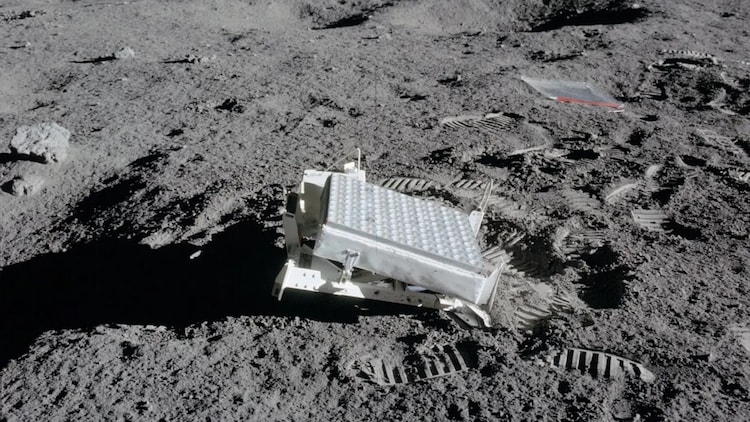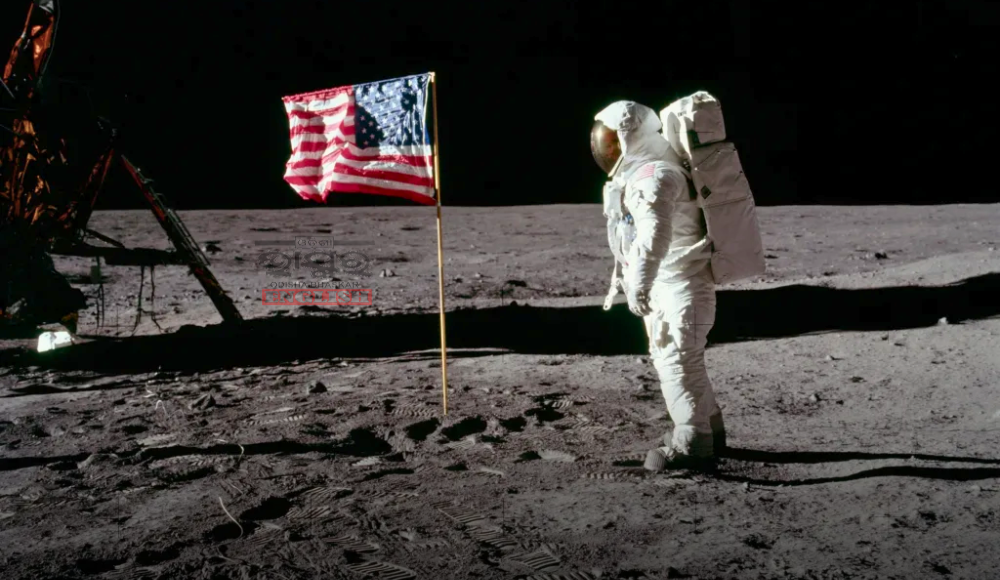Fifty-five years ago today, humanity embarked on a journey that would forever alter our perception of the cosmos. The Apollo 11 mission, carrying astronauts Neil Armstrong, Buzz Aldrin, and Michael Collins, launched on a historic voyage to the Moon.
Their footsteps on the lunar surface on July 20, 1969, marked a pinnacle of human achievement. Armstrong’s iconic phrase, “one small step for man, one giant leap for mankind,” encapsulated the global euphoria and inspired generations of explorers.
While the Apollo 11 crew collected lunar samples and conducted experiments, they also left a significant scientific instrument on the Moon—a set of reflective prisms known as the lunar laser ranging experiment. This array, comprising 100 quartz glass prisms, continues to provide valuable data to scientists today.

By reflecting laser pulses fired from Earth-based observatories, the prisms allow precise measurement of the Earth-Moon distance, down to the millimetre. This ongoing experiment has yielded groundbreaking discoveries, including the Moon’s gradual recession from Earth at a rate of 1.5 inches per year and confirmation of its fluid core.
The data collected has also enabled rigorous testing of Einstein’s theory of gravity, advanced our understanding of the Moon’s internal structure, and contributed to studies of Earth’s rotation and polar movement.




Comments are closed.